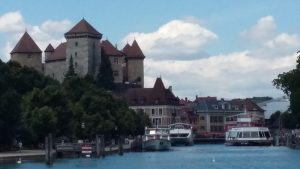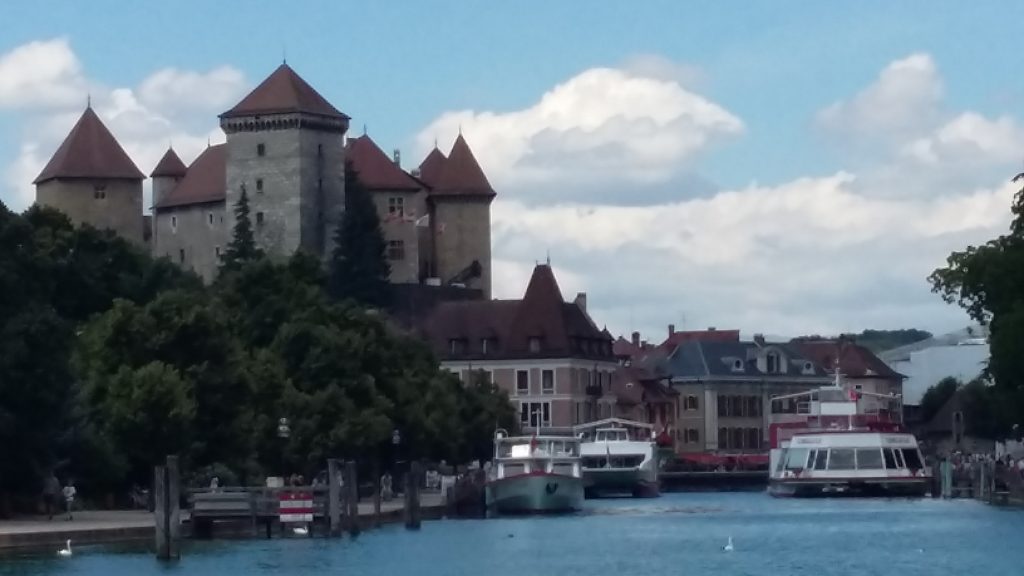To be honest, I am not a huge fan of the Annecy Castle Museum, it is a nice place to visit on a rainy day and still interesting but I just wish it would be more medieval orientated.
I find that the modern art exhibition is a bit strange but maybe it is because I do not undersand it.. However they are improving with “La vie de château” exhibition.
For more informations, please check for the opening hours http://musees.agglo-annecy.fr/eng
The Annecy Museum, which was created in 1842, was first established in the Town Hall and the Palais de l’Ile before it was set up in the Castle in 1961. It offers visitors the possibility to explore a rich regional heritage.



The Annecy Castle was listed as a Historical Monument in 1902. It was the residence of the Counts of Geneva until 1394. Numerous transformations during the 15th and 16th centuries gave the castle its unique style, a blend of medieval defensive architecture and elegance in the French renaissance style. Abandoned in the 18th century, it was used as military barracks until 1947. The Castle was acquired by the Town of Annecy in 1953. The first exhibition was launched three years later, and was the start of a new era for the former royal palace which has since then been dedicated to culture.
Through temporary exhibitions and a permanent presentation in the fully restored castle rooms, the museum presents rich diversified collections to visitors. They comprise objects linked to regional heritage and lake architecture, medieval sculptures, paintings of the 18th, 19th and 20th centuries linked to the alpine countryside and contemporary works of art that question the relationship of man with his natural environment.
The ticket to the Musée-Château includes a visit of the Observatory (ORLA), which comprises 700 m2 of exhibition area in the Tower and Logis Perrière. It invites visitors to discover the complex, fragile and coveted environment of the alpine lakes through its unique museography based on five fields of scientific research: biology, ecology, ethnology, archaeology and limnology. The Observatory comes as a response to the concerns of a population wishing to protect the quality of their environment. It aims to showcase and protect the natural alpine environment.

Above the “Queen tower” (see other post about the legend)

Below a few photos of the Museum and Vie de Château exhibition














Below a few photos of the Lake Observatory






And below 2 photos of the modern exhibition



